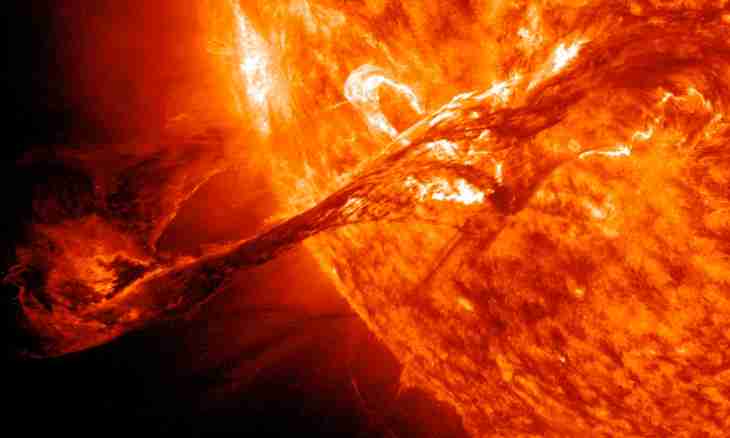Mathematics and physics, perhaps, the most surprising sciences from available to the person. Describing the world through quite certain and giving in to calculation laws, scientists can "on a tip of a feather" receive values which seem for measuring, at first sight, impossible.
Instruction
1. One of basic laws of physics – the law of universal gravitation. It says that all bodies in the Universe are attracted to each other with a force equal to F=G*m1*m2/r^2. At the same time G is a certain constant (it will be specified directly during calculation), m1 and m2 mean the mass of bodies, and r – distance between them.
2. The mass of Earth can be calculated on the basis of an experiment. By means of the pendulum and a stop watch it is possible to calculate the acceleration of gravity of g (the step will be lowered behind insignificance) equal 10 м/c^2. According to the second law of Newton of F it is possible to present as m*a. Therefore, for the body which is attracted to Earth: m2*a2=G*m1*m2/r^2 where m2 is body weight, m1 is the mass of Earth, a2=g. After transformations (reduction of m2 in both parts, transfer of m1 to the left, and a2 - to the right) the equation will take the following form: m1=(ar) ^2/G. Substitution of values gives m1=6*10^27
3. Calculation of mass of the Moon is guided by the rule: distances from bodies to the center of mass of a system are inversely proportional to the mass of bodies. It is known that Earth and the Moon address around some point (Tsm), and distances from the centers of planets to this point belong as 1/81.3. From here Ml = Mz/81.3=7.35*10^25.
4. Further calculations are guided by the 3rd law Kepplera according to which (T1/T2) ^2 * (M1+Mc) / (M2+Mc)= (L1/L2) ^3 where T is a cycle time of a celestial body around the Sun, L – distance to the last, M1, M2 and Mc – the mass of two celestial bodies and a star, respectively. Having worked out the equations for two systems (the earth + the moon – the sun / earth - the moon) it is possible to see that one member of equation turns out the general, so, the second can be equated.
5. A settlement formula in the most general view is Lз^3 / (Tз^2 * (Mc+ of Mz) =Lл^3 / (Tл^2 * (Mz + Ml). The mass of celestial bodies were calculated theoretically, cycle times are practically, for calculation of L volume mathematical calculations or practical methods are used. After simplification and substitution of necessary values the equation will take a form: Ms / Mz + Ml =329.390. From here Ms =3.3*10^33.

